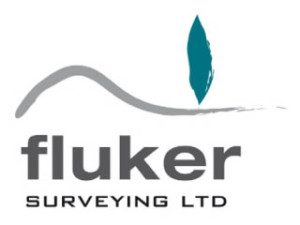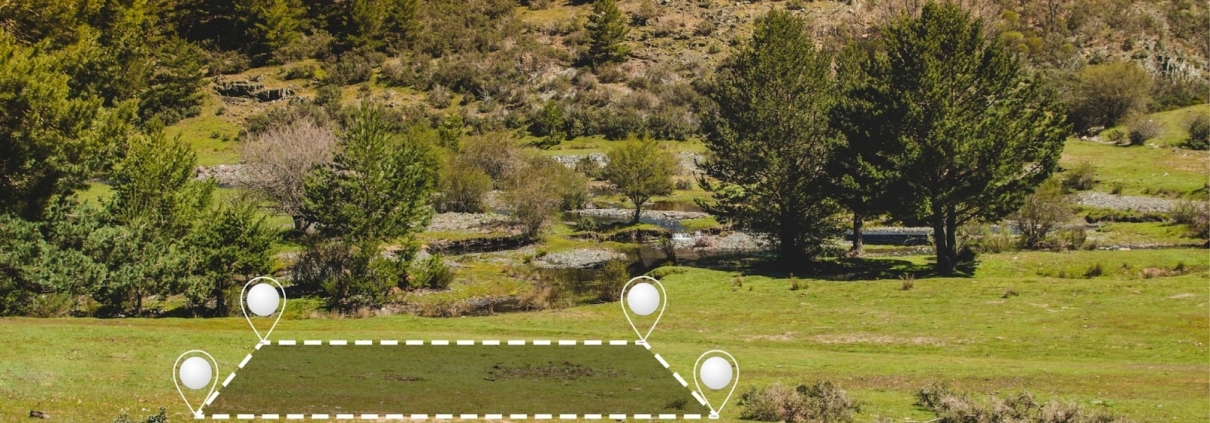Key Steps in Land Development for NZ Property Owners and Developers
Land development projects are key for improving New Zealand with better, stronger and more sustainable structures. However, the process isn’t as simple as drawing up some plans and building your new home – you must do things right to keep everything streamlined, on track, feasible and compliant with local regulations.
Crucial Steps For Any NZ Property Development Project
Before you do anything, create an outline of your entire project. This will help keep you on track and help prevent forgotten details. Remember these key steps:
- Land Acquisition And Financing. Of course, make sure the land you want to develop is legally yours and that you have the right to develop it. Ensure your project is financed, or that you have a plan for funding it properly. Having an organised plan and reliable partners can improve your chances of getting a loan.
- Feasibility Study. Before you start any planning or construction, you must make sure your property is suitable for your plans. Some plans won’t do well on certain kinds of land, or you’ll need to alter your idea to suit your property. For instance, if your land is sloped, your building must accommodate the slope to ensure the final structure is safe and stable.
A feasibility study will determine what’s realistically possible for the site and what the best use for the property is. Doing this early will help shape the rest of your development project. Without a feasibility study, you may end up wasting valuable time planning a structure that won’t work with your property.
Factors considered during feasibility studies include zoning, property site, location, topography, infrastructure access and impact to the local environment.
- Land Surveying And Site Analysis. Once you’ve determined what you can and should do for your land development project, you’ll need to have land surveys conducted to learn more about your site. This could include analysing the topographical contours of your property, finding underground utilities and precisely marking your property boundary lines.
At Fluker Surveying, we use advanced methods and modern technology to survey properties, including drones. This helps us work quickly and efficiently without compromising accuracy, keeping your project on track.
- Subdivision Design And Engineering. If your land is being subdivided, then this stage is where plans should be drawn up for how the land will be divided. It’s crucial to understand the local limitations when it comes to subdividing, such as the minimum size for each new plot. Engineering is a must to design new infrastructure, drainage, accessways and more.
We will balance practicality and code compliance so that everything stays physically and legally sound.
- Resource Consent. Any major land development requires resource consent from Auckland Council. This ensures your project is fully compliant with the Resource Management Act and local planning rules. The consents you must apply for will depend on your project.
Our team will help you with your resource consent application for land use. The process can be confusing, even if you’ve done this before, and we’ll be happy to ensure you get things right the first time. Properly filing your application will reduce delays involved with errors or rejected applications.
- Engineering Consent And Building Consent. The resource consent complies with the unitary plan, and the engineering and building consents are then based on the resource consent but need approval for engineering and building code standards.
We will prepare engineering and building consent construction style drawings to get the consent applications approved. Like with the resource consent, we can guide you through the process to reduce delays and improve the chances of success.
- Engineering Set-Out. Engineering set-outs involve transferring the design specifications of construction plans to the physical ground. This step accurately marks plan details on your property, marking the positions of walls, foundations, etc.
Meticulous attention to detail is absolutely necessary during this stage. One wrong measurement could hinder your entire structure, so we always stay diligent when handling engineering set-outs.
- Construction Supervision. After everything is approved and your land is marked, construction can finally begin. We offer construction supervision services so we can make sure everything stays compliant and on track as your builders bring your land development ideas to life.
We strongly prioritise attention to detail, communication and collaboration to ensure everything goes smoothly. Together, we can avoid mistakes and stay on course.
- Final Surveys And Council Sign-Off. After construction is completed, final checks are needed to confirm that everything aligns with the approved plans. During construction, changes may have been made to accommodate unforeseen issues, so we must make sure the final results are still compliant.
With an as-built survey, or a survey that documents the final structure as it is rather than how it was planned, we can document the true conditions of your structure and the council can approve it.
- Land Transfer Survey. If you are subdividing your land, then we must conduct a land transfer survey to establish boundary pegging and plans for submission to Auckland Council for s.223 and s.224(c) certifications. We must also submit the surveys to Land Information NZ (LINZ) for approval. After this, a lawyer will use the certificates and the plan for the title.
- Title Issuance. After approval, new titles can be issued, and your land development project will be completed.
Streamlining The Land Development Process With Fluker Surveying
Property development is a journey that starts with thorough planning and ends with a strong, beautiful new structure. Consider us at Fluker Surveying for your surveying, land development and engineering needs.
Ready to start? Do you have any questions? Call us on 027 454 3090 or find our contact info online.
Fluker Surveying: Let’s bring your visions to reality.



